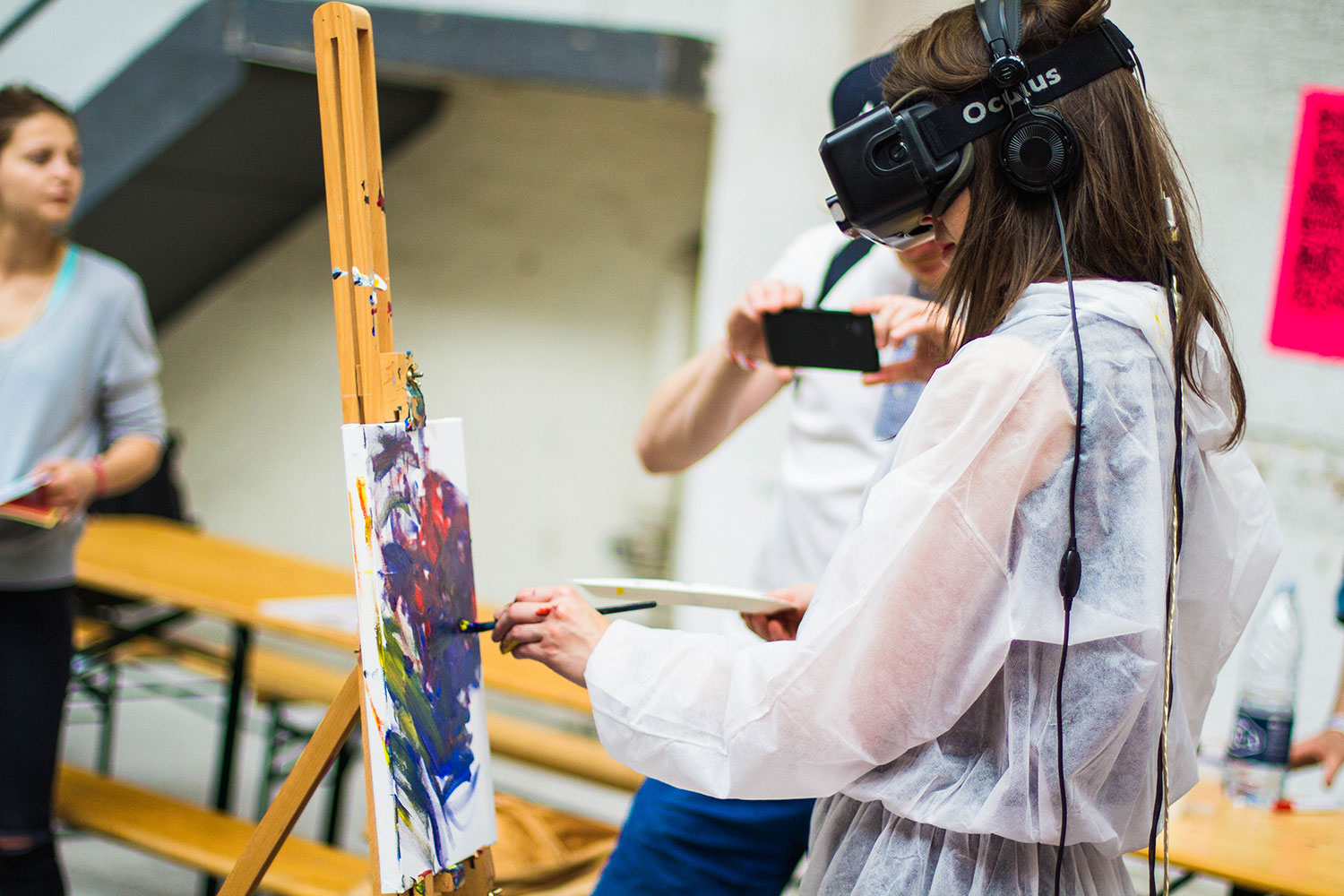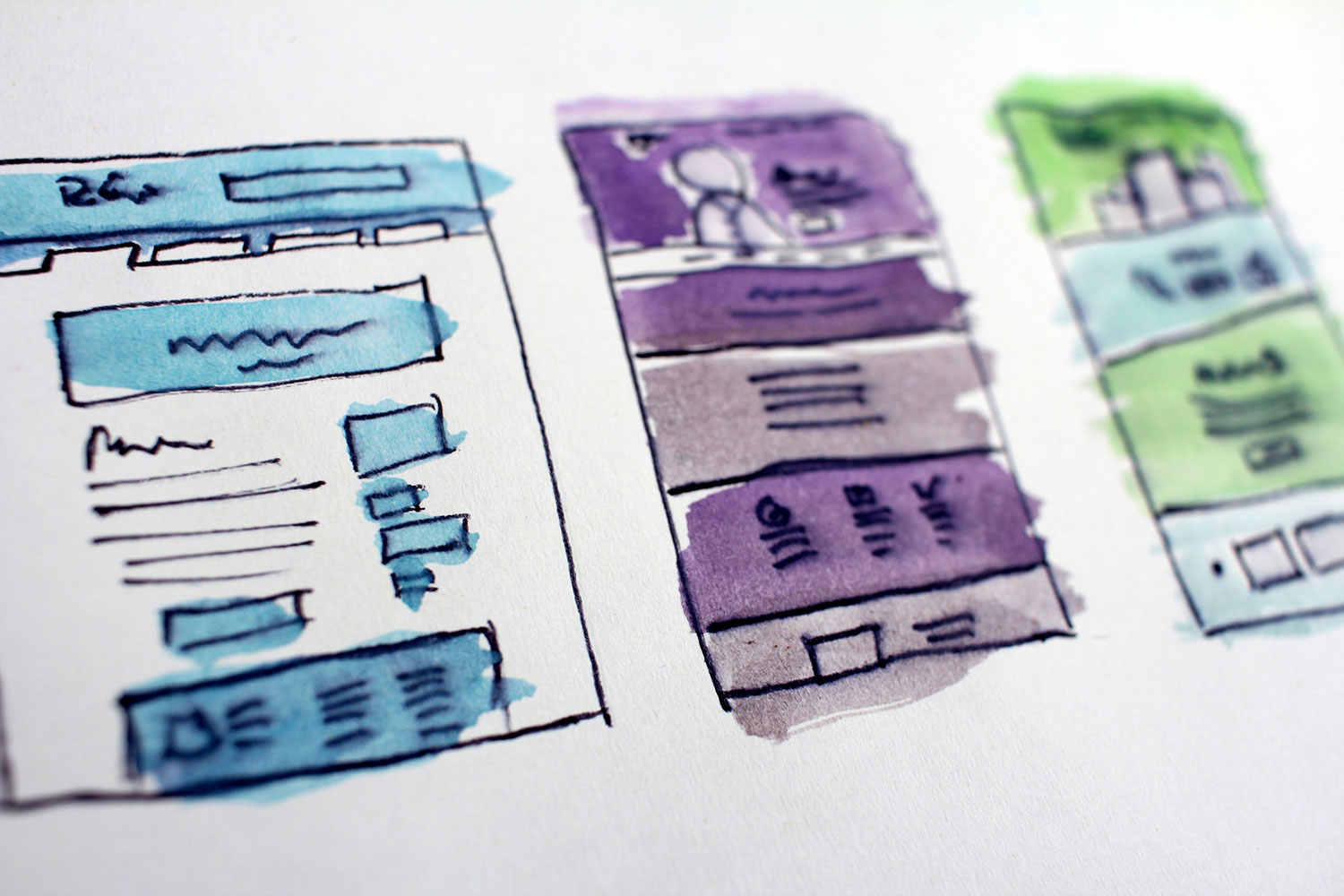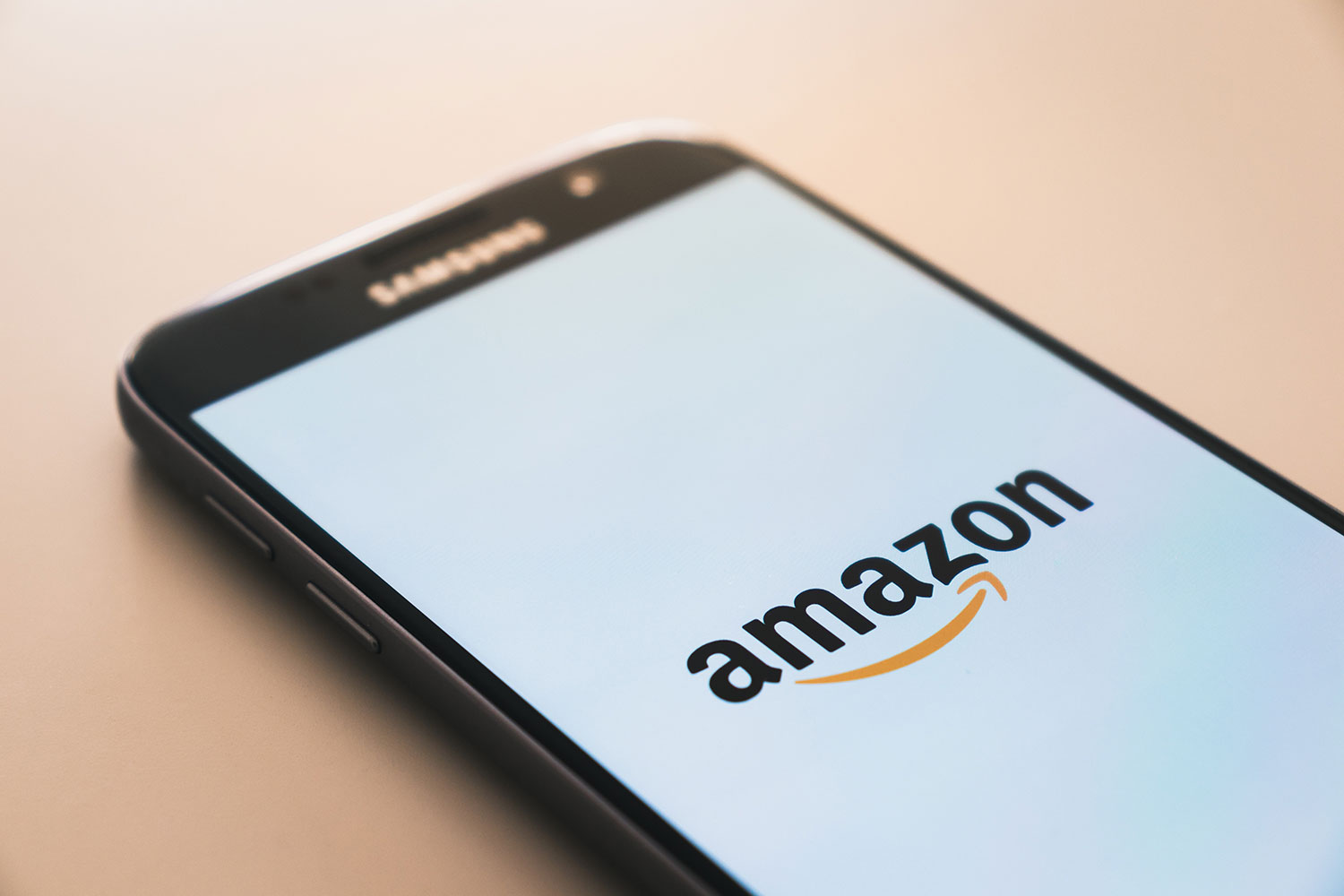When Adglow was founded in 2008, we didn't have plans to become a social advertising specialist.
At that time, Facebook's advertising platform was just starting to develop into the sophisticated tool that would go on to become a dominant player in the digital space. And other social networks like Twitter were 2 years away, or more, from offering advertising products of their own.
Our initial plan for the business was to leverage the burgeoning digital display advertising channel by developing some new demand-side technology.
But in 2010, when the chance to join Facebook's newly established marketing partners programme came knocking, we knew we had to get involved. That was the decision that the rest of Adglow's history has really pivoted on - and we're delighted with how well it's worked out since then.
In 2014 we became a partner to Twitter. In 2015, Instagram. In 2016, Pinterest - and in 2017, Snap and Amazon.
Each partnership has helped us to learn and prepared us for the next, and every experience has grown our knowledge of the social and digital advertising ecosystem - knowledge that we pass on to our clients.
In the decade since we were founded, a lot has changed in the world of digital advertising and technology. That's the subject of another blog post that you can read here - Adglow at 10: What's Changed In The Last Ten Years?
But what about the next ten years? What does the future hold?
Making predictions about technology is a notoriously difficult thing to do. So, at the risk of great personal and professional embarrassment, here are some interesting potential developments that we think will shape the next 10 years of digital advertising.

Photo by Billetto Editorial on Unsplash
1. Virtual Reality Advertising Goes Mainstream
They may not be a regular part of your day quite yet, but the proliferation of VR headsets is reaching a tipping point. Coupled with big steps forward in the relative ease of developing VR experiences, and the virtual future is becoming a reality (see what I did there?)
Wherever there is content, there will be advertising. And VR is a gigantic content playground where advertisers have only just started to explore.
The creative opportunities are limitless. Advertisers will be able to deliver experiences that connect and engage the audience on a level hitherto unheard of. In the age of the advertising experience, what better technology is there to deliver genuine immersion than VR? How else can you get a potential customer to really feel like they're driving your car, relaxing in your beach resort, or wearing your clothes?
As the VR ecosystem matures, and advertisers get to grips with it, it will be fascinating to see how existing digital advertising technologies align themselves with this new world. How long before we see DSPs for programmatic virtual advertising? Sponsored VR search listings or in-world virtual services provided by advertisers?

Photo by Franck V. on Unsplash
2. Machine Learning Reduces Graft, Improves Results
Machine learning already sits behind two of the biggest advertising platforms in the world - Facebook and Google.
Facebook's machine learning tools are behind all the content users see on their feeds, constantly working to select and show the most relevant news, posts and videos to each user's interests. What's more, Facebook's ad targeting works in exactly the same way, using machine learning to identify the best audience for every ad.
Google's machine learning tools work similarly, continually scoring content and updating the search ranking based on clue's in how users respond to the search results they're shown.
As machine learning technology and techniques become increasingly accessible, they will influence digital advertising more and more: firstly, by improving the quality and sophistication of advertising products. And secondly, by reducing the influence of human decision making in areas where it's prone to make mistakes.
Platforms and systems will continue to take the leg-work out of digital advertising tasks, and enhance the efficacy of advertiser's efforts. The resulting efficiencies will allow advertisers to focus their efforts more on their own products, creative and strategy.

Photo by Hal Gatewood on Unsplash
3. The Social Ad Product Arms Race Gets Even Hotter
We love our social network partners, we really do. But by God, they make it hard to keep up with their near-continuous flow of new or updated ad formats.
Social networks are proprietary. That means their owners can create whatever ad formats they like.
Other digital display advertising runs across myriad independent websites and therefore needs to adhere to a handful of standardised ad formats (think MPUs, banners, skyscrapers and interstitials). Changing industry-wide standards is a hard thing to achieve. Which is why the MPU has been around longer than smartphones.
Social ad products, on the other hand, live within their own environments and so have the possibility of taking on any shape, behaviour or functionality.
And they do.
Across the 'big five' global social networks that we work with (Facebook, Instagram, Twitter, Pinterest and Snap) there are ad products that show slideshows with music, create bespoke video filters, show maps to your nearest physical store location, collect lead data in-ad, take polls and surveys, show your content in-video-stream, enable users to download your mobile app directly...I could go on.
What's extraordinary is the frequency with which these ad formats are adapted, changed, or added to. Scarcely a month passes without some change to the social ad product landscape - and understandably. Novel ad formats improve user engagement and deliver great results for advertisers - they're a cost effective way for social advertising vendors to generate and sustain advertiser investment. We anticipate continued expansion and diversification in the great ad format arms race.

Photo by Christian Wiediger on Unsplash
4. The (Exponential) Growth of Amazon Advertising
This summer saw reports from Amazon that their new advertising business grew 129% YoY from 2017, and now contributes revenues of $2b to their bottom line. (source - Digiday)
Those are big numbers even before you realise the potential headroom above them - in 2018, Amazon represents about 4% of the US digital ad market, where Facebook and Google share 58% between them (source - eMarketer).
Amazon has a lot of the right ingredients in place to emulate the advertising success of those two businesses - namely: an enormous user base and proprietary data that enables interesting and useful targeting.
Clearly, there is a lot of room for Amazon Advertising to grow. We anticipate ongoing and increasing interest from advertisers wanting to explore and leverage this new route to market. It's a no-brainer.

Photo by Drew Graham on Unsplash
Whatever happens in digital advertising in the next 10 years, Adglow will watch and participate in the same ways we always have - finding ways to add value to advertisers, building technological solutions that positively contribute to efficiency and success and, above all else, humbled and grateful to be a part of such an exciting and innovative industry.
2019 FIFA Women's World Cup: the biggest social media trends for brands
The Financial Times called 2019 ‘a pinnacle moment for women’s football’, and rightly so. With increasingly large sponsorship deals, bigger audiences, more media attention and higher commercial...Adglow at 10 - The Next 10 Years
When Adglow was founded in 2008, we didn't have plans to become a social advertising specialist.The impact of social media in the food industry
Copyright © 2023 Adglow All Rights Reserved
Terms & Conditions | Privacy Policy | Cookie Policy
Official advertising partner:




